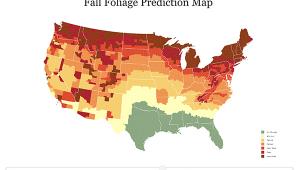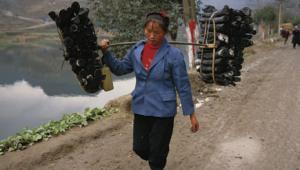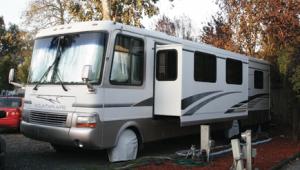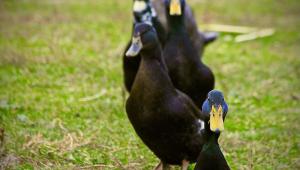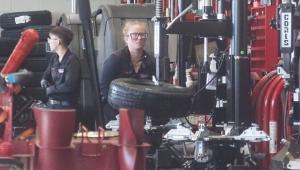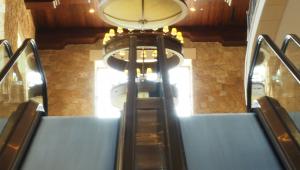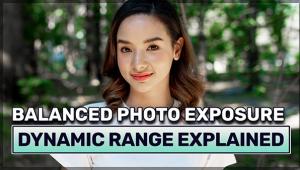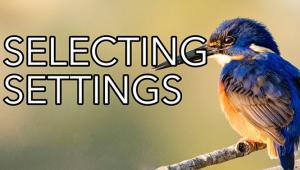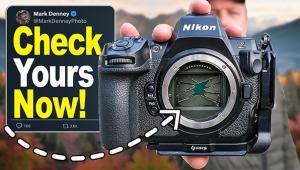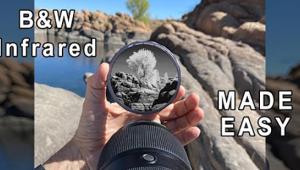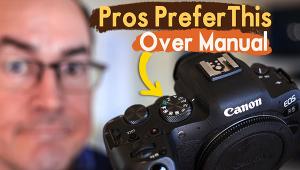Sun Block
The Challenge Of Eclipse Photography
| As the songs says, it don't
come easy. Solar eclipse photography is not something to be taken lightly
or accomplished without preparation and protection. First, it can be
very dangerous: without the right shielding, you'll damage your
eyes--permanently--and your camera. Second, there aren't many
solar eclipses, and most of them aren't going to be visible from
where you are, so if you get into this, figure on doing a little traveling.
Third, they're fleeting. The moments of totality--when the sun
is completely obscured by the moon--typically last perhaps two minutes.
What You'll Need · A Plan. Do the homework to know when, where, and how. And remember, if you're going to travel to shoot the eclipse, plan on hand carrying your film around the airport x-ray machines. · Basic Equipment. An SLR (preferably with a motor winder or motor drive); a telephoto lens--at least 200mm; print film (greater exposure latitude, greater flexibility when printing); Robert Slobins likes Fuji NPS or NPH, ISO 160 and 400, respectively); a cable release. · Practice. Shoot the full moon for two minutes or less with all your equipment set up as described. · Printing Control. Chances are machine prints are not going to be very satisfying, although they're good for reference and a guide to what may need burning in. If you don't have a color darkroom, talk to a technician at a custom lab about what you're looking for. · More Info. Entering "eclipse photography" at our favorite Net search engine, Dogpile (www.dogpile.com), yielded dozens of leads. Our pal Jerry O'Neill likes the site at: www.freeyellow.com/mem bers6/glsmyth/eclipse.htm Slobins suggests the site at: http://umbra.gsfc.nasa.gov/eclipse and two books: Eclipse! by Philip S. Harrington and The Cambridge Eclipse Photography Guide. The site at www.skypub.com can also be helpful for planning. |
- Log in or register to post comments
